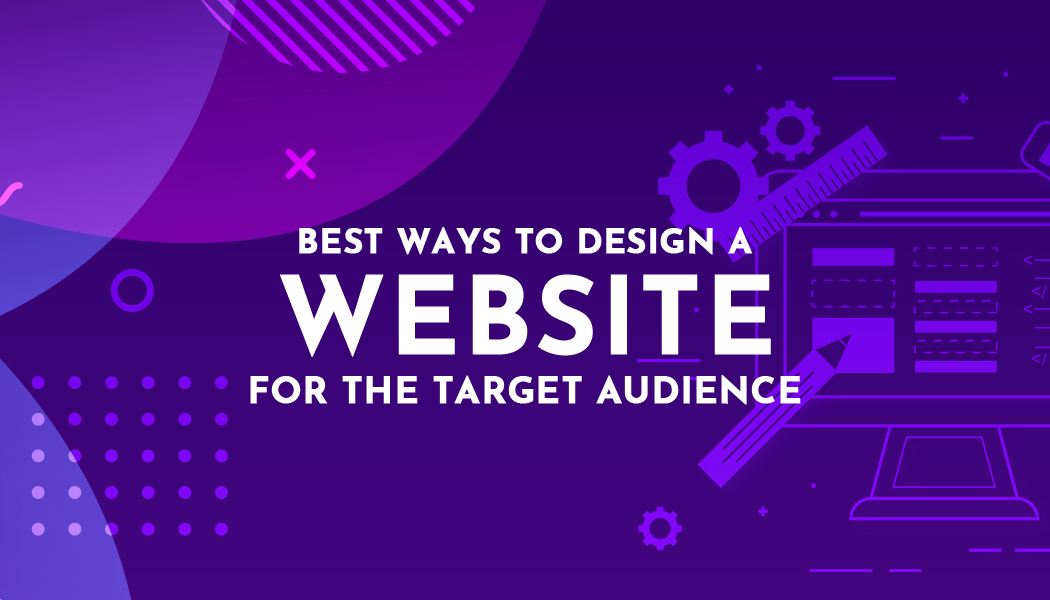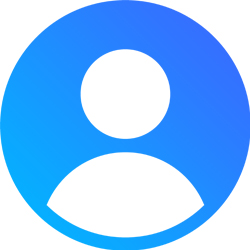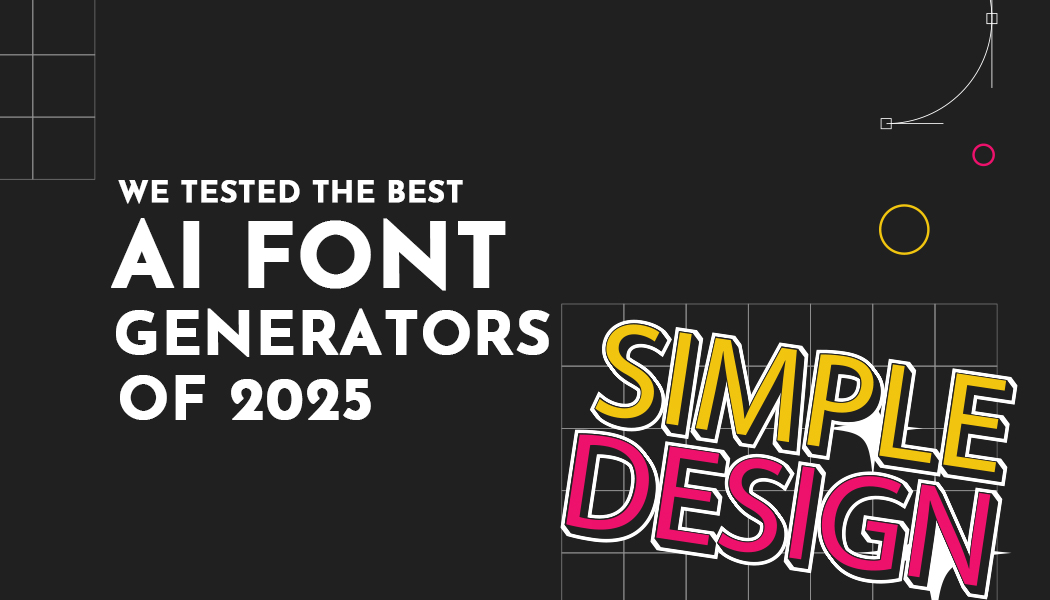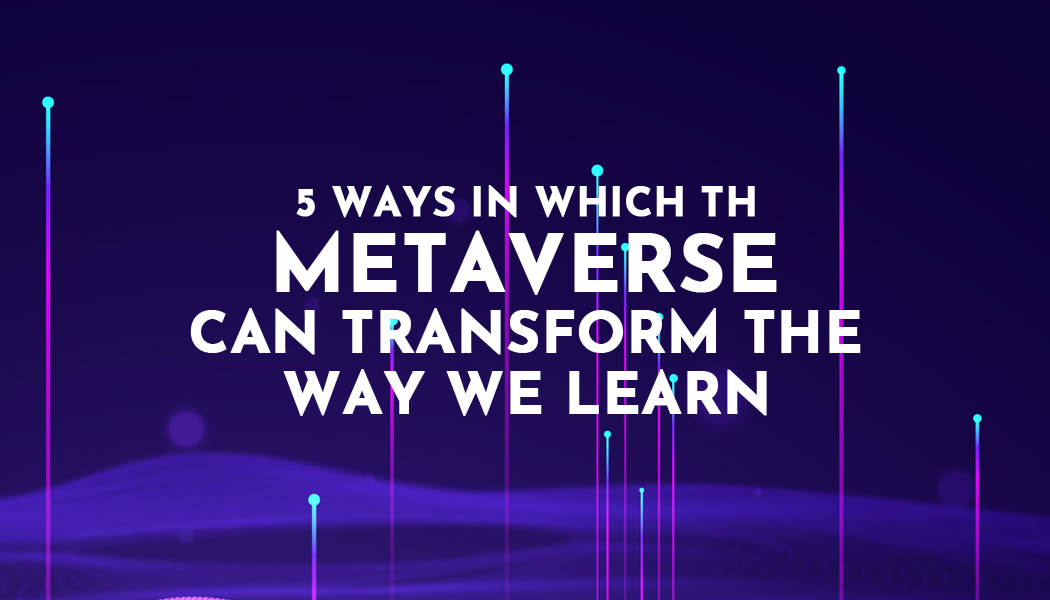Best ways to design a website for the target audience
Whether you run your own software development startup or work as a game designer or developer, marketing your brand and product portfolio to the world is of utmost importance for your exposure and continued growth. According to Tech Jury, however, only 64% of small businesses have a website of their own in 2019, leaving a lot of them to operate locally or through a larger corporate proxy, while 48% of users place visual web design above all other factors when considering whether or not to trust a company.
Depending on the type of products you develop, you will naturally steer toward a different target audience than other development firms or designers in your niche. This makes it pivotal for you to design a website which will be appealing and engaging enough for visitors to convert into leads without leaving your site never to come back. With that said, let’s take a look at some of the best practices in web design which will help you cater to your target audience more easily and in turn make the website a worthwhile investment over time.
Advantages of Meaningful Website Design
Let’s start off by discussing what the role of web design is in your brand’s advertisement and how you can benefit from approaching it with a mindful eye. For better or worse, your company is one of many in the industry, whether it’s software development, game design, blogging, etc. This makes it important for your brand to stand out from a plethora of others which (in the eyes of potential customers) all look very similar at first glance.
In order to achieve that, specific user experience (UX) strategies should be taken into consideration when designing your website. Think of them as “quality of life” features which, if implemented correctly, can make the browsing experience on your website smooth, user-friendly and worthy of spreading through word of mouth and social circles. As such, meaningful and audience-centric website design can bring about numerous advantages to your brand, including the following:
- Higher audience engagement and subsequent conversion rates
- Decreased bounce rate and website abandonment
- Better brand positioning and industry reputation
- Higher search engine ranking
- High ROI on initial design investment
Best Website Design Practices to Implement
Define your Business Plan
The best way to start your website design process is to define what your business plan, vision and mission statements are as a company. One of the key differentiating factors between you and other companies in your niche concerns the way you approach projects and long-term goals as a business.
With that in mind, it’s good practice to start things off with an internal audit and consult your coworkers or team members about what makes your brand worthwhile for clients and customers. These elements can be integrated into an “About Us” or “Our Company” segment of the website or even on your landing page should you decide to present your in-house culture front and center.
Create an Audience Profile
Once that’s settled, you should create an audience profile for your products or services in order to point your website design process in the right direction. No two demographics or lifestyle groups will see your brand in the same light – take this fact into consideration.
If you develop video games, your target audience should consist of B2B partners and potential gamers who come across your website. On the other hand, if you offer software development services, other studios or companies in need will reach out to you with potential collaboration opportunities. Make sure that you are clear on the “who” when it comes to your target audience and the website design process will be that much more straightforward.
Develop a Content Plan
The best way to attract and retain an audience on your website is through meaningful, original content. With that in mind, you should develop a content strategy which will allow you to create new materials for your audience on a scheduled basis. This will not only help you train the audience to come back for more content over time but also improve your website’s overall SEO and search engine ranking. Some of the content types you can consider include:
- Blog posts (news articles, opinion pieces, tutorials, etc.)
- Interviews (podcasts, video interviews with industry professionals or celebrities)
- Visualized data (infographics, charts, graphs and others related to your niche)
- Product demos (whether available for download or as multimedia and written content)
Content Translation & Localization
When it comes to reaching an international audience and converting them into leads, translation and localization are the best way to go. No matter what type of website theme or development industry your brand belongs to, chances are that clients and customers from across the globe will want to approach you.
In order to meet them halfway, you can refer to professional localization solutions which are design and games related. This will allow you to translate your navigation and sitemap into numerous popular languages and to localize blog posts and other user-friendly content for maximum legibility and understanding between different parties.
Mobile-Friendly Content Approach
As time goes by, more and more users rely on smartphones and tablets to browse the web and their favorite sites. According to Hosting Tribunal, 68% of companies have already integrated mobile strategies into their content marketing, while 40% of users outright do not engage websites if they are not mobile-friendly out of the box.
This makes it important for you to not only adjust your content strategy to a short-form format but also to take multimedia optimization into consideration. Most importantly, your theme and website design as a whole should be responsive and adjust its format based on the device used to access it. It will make your website appealing to mobile users while also increasing your search engine ranking as a result of increased accessibility.
Chatbot-Based Audience Engagement
Not all visitors who come across your website will be familiar with your product or service portfolio – and that’s okay. You can still engage every visitor on your website regardless of their point of origin via specialized chatbots.
These are AI algorithms with pre-written dialogue which can be used to engage visitors and entice them into a purchase, a subscription or other forms of conversion optimization. Adding a chatbot to your customer servicing features will increase the likelihood of retaining more users due to 24/7 support availability – coupled with localization (as mentioned previously), this can be a winning scenario for your website design solution.
Gather Feedback & Grow Over Time
Lastly, the best way to narrow the gap between you as a company and your target audience is through direct communication. Make sure that your audience has an available communication channel which can be used for feedback, comments, suggestions, and testimonials (should there be any).
You can set up a dedicated email address, attach surveys to your website or periodically run live discussions or Q&A in order to hear what your audience has to say about your website design and company as a whole. This type of pro-consumer behavior will allow you to constantly shift your focus to potential bottlenecks and figure out the best way to move forward with content, services and website features using objective feedback from the users themselves.
In Conclusion
Once you set up your website and start the design process of additional features and optimization, you might feel overwhelmed by the sheer number of possibilities available to you. However, it’s important to focus your efforts on the critical points which directly correlate with your target audience and their expectations. Don’t stretch your resources too thinly and strive to present your brand, culture and service portfolio in a positive light – the rest will be up to individual users which will form into an audience base over time.




